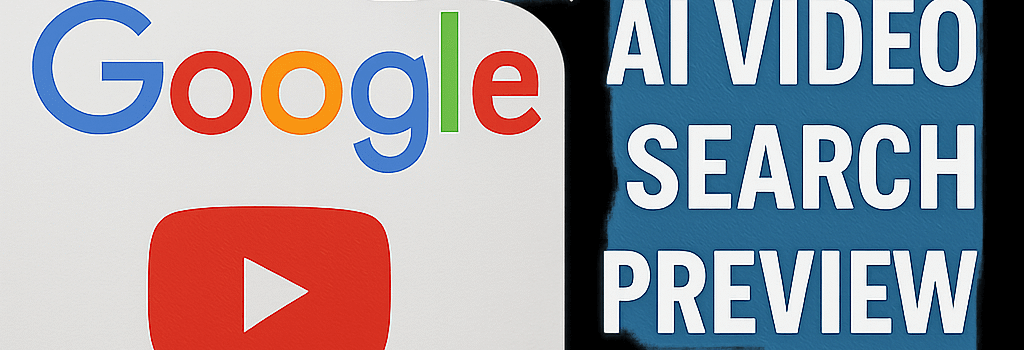Google Launches AI Video Search Preview on YouTube

AI Overviews for Video Search
Over the past year, Google has transformed its web search with advanced AI-driven summaries, aiming for a zero-click experience. Now, this AI-first approach is arriving on YouTube. Premium subscribers can opt into a test that places an AI-generated carousel at the top of search results, surfacing multiple video selections with concise summaries extracted from their transcripts.
How AI Search Works on YouTube
The feature leverages Google Gemini 1.5 Pro, a transformer-based language model fine-tuned on video transcripts and metadata. Queries are converted into embedding vectors, which are matched against a real-time index stored in Bigtable. Relevant segments are retrieved via a retrieval-augmented generation pipeline, synthesizing the most pertinent information into a summary under 250 characters. Inference runs on Cloud TPU v4 pods, with edge caching to reduce latency below 200 milliseconds.
- Model architecture: 1.5B parameter transformer with multimodal extensions
- Data pipeline: automated caption extraction and indexing
- Infrastructure: Google Cloud TPU v4, low-latency edge caching
Current Availability and Rollout Plan
At launch, the AI results carousel is an opt-in test limited to YouTube Premium members on the mobile app and English-language videos. Initial queries focus on shopping, travel, and tech recommendations, such as finding noise cancelling headphones or the best beaches in Hawaii. Google plans to expand coverage to additional languages and desktop clients over the next quarter.
Impact on Creators and Viewer Engagement
Industry experts warn that surface-level AI summaries could reduce watch time and ad impressions. According to a recent study by VidIQ, channels may see up to a 15 percent drop in click-through rates when AI summaries satisfy user queries. VidIQ CEO Michael Hall notes it remains critical for creators to optimize metadata and provide clear timestamps to maintain visibility.
AI-driven previews can streamline discovery but risk commoditizing content, says Forrester analyst Jessica Liu. Content creators must adapt their strategies or partner directly with platforms for custom AI experiences.
Technical and Ethical Considerations
Ensuring accuracy remains a challenge. Though transcript-based summarization reduces hallucinations, edge cases with noisy audio or poor captions can produce misleading summaries. Google’s AI Principles mandate transparency, so each summary displays a disclaimer and a link to the original video page to promote content verification.
Competitive Landscape and Future Roadmap
Competing services like OpenAI’s Sora and Microsoft Bing Chat also integrate video summarization. Meta’s recent AI update for Instagram Reels offers chapter suggestions powered by Llama 3. Google’s next steps include generative video highlights, personalized chaptering, and deeper integration with Ads Creative Studio to help advertisers craft AI-driven video trailers.
Expanded Video Chatbot for All Users
Alongside the search carousel, Google has broadened access to its conversational AI chatbot across all YouTube users. It can answer questions about video content, recommend similar clips, and explain complex concepts in real time, further enhancing the interactive experience.
Looking Ahead
As Google refines its AI search features, creators and viewers alike must balance convenience with engagement. The intersection of cloud infrastructure, transformer models, and massive video archives sets the stage for innovative discovery tools, but also raises questions about the evolving creator economy. Stay tuned as Google rolls out more AI enhancements designed to redefine how we explore video content online.